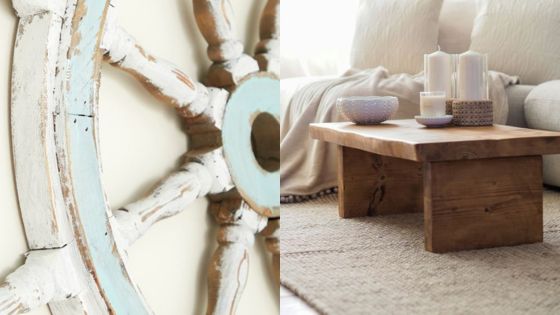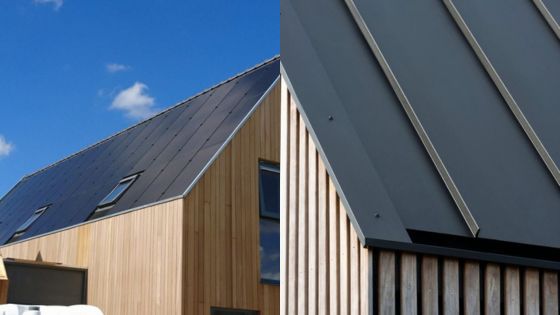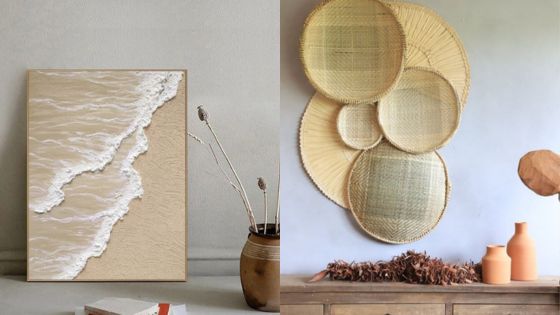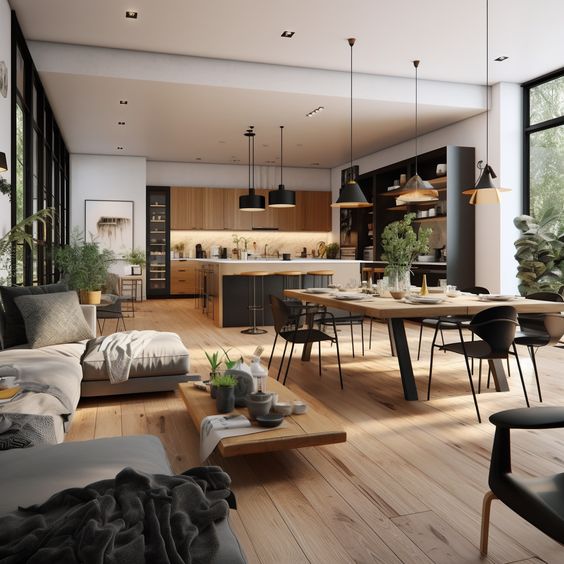
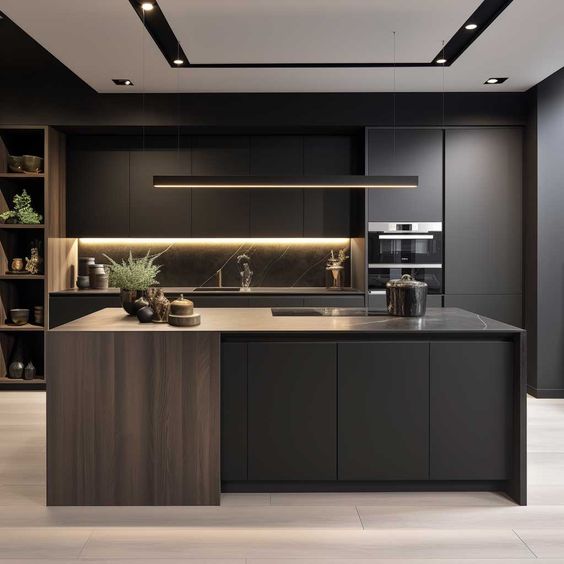
When it comes to purchasing or selling a house, the interior’s overall look and functionality often play a role. In today’s era, potential buyers have become more discerning and know exactly what they desire in their ideal homes. This is where the expertise of a designer can make a difference in the value of a home. By enhancing the appeal, functionality, and style of property, interior designers work their magic to create spaces that homeowners adore while also boosting the home’s market value.
1. Enhancing Visual Appeal: Transforming Ordinary Spaces
The responsibility of an interior designer is to elevate ordinary spaces into extraordinary ones by maximizing their visual appeal. With their eye for detail and deep understanding of design principles, these professionals can effortlessly craft interiors that captivate attention and make a lasting impact.
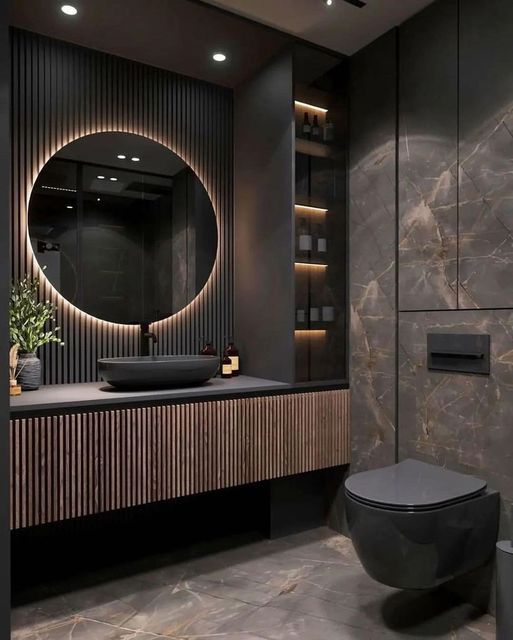

Rather than just arranging furniture or selecting paint colors, interior designers focus on creating visuals by carefully considering colors, textures, patterns, lighting, and overall aesthetics. They have access to resources and suppliers to assist homeowners in choosing elements that enhance each space’s beauty and uniqueness.
2. Functional Layouts: Optimizing Space
Interior designers not only focus on enhancing the appeal of a home but also play a crucial role in improving its functionality through smart layout optimization. From creating a kitchen that maximizes storage and workspace to designing a bedroom that offers relaxation and an escape from stress, these professionals have the skills to arrange spaces in a way that enhances usability for homeowners.
By studying floor plans, traffic flow, ergonomics, and accessibility considerations, interior designers ensure space utilization without sacrificing comfort or practicality. This allows potential buyers to envision themselves living in the space while meeting their preferences and functional requirements.
3. Style Consistency: Coherently Reflecting Homeowner’s Taste
Furthermore, a designer’s impact on home value extends to maintaining style consistency throughout the property. Consistent design fosters cohesiveness in the space, making it more appealing and visually pleasing. It also helps prospective buyers imagine blending their furniture, decorations, and personal style with the existing design.
Taking into consideration the homeowners’ tastes, lifestyle, and desired themes is essential for designers in creating a design that effectively reflects preferences. When designers carefully select elements that harmonize in terms of colors, materials, textures, and style, they craft spaces with a character that seamlessly reflects the personalities of those who inhabit them.
4. Market Appeal: Drawing in Potential Buyers
Staging plays a key role in attracting potential buyers and enhancing a home’s value. Interior designers possess insights into what resonates with target audiences and can customize their designs accordingly. Their deep understanding of design trends enables them to make decisions that capture the interest of potential buyers.
Whether choosing furnishings that accentuate spaciousness or creating an ambiance tailored to lifestyles or personas, interior designers are adept at understanding buyer preferences. By staging a property to showcase its potential, they foster emotional connections with potential buyers from the moment they enter the door.
5. Return on Investment: Enhancing Property Value
One often underestimated aspect of how interior designers influence home value is the potential for maximizing return on investment (ROI) through their services. While hiring a designer incurs costs, it’s essential to recognize the lasting value their expertise can deliver.
A well-designed and attractive interior has the power to boost a property’s market worth significantly. Investing in design services can help homeowners create spaces that catch the eye in a competitive market, drawing in potential buyers who are willing to pay more for a well-designed home.
Moreover, an interior designer can provide guidance in choosing finishes and materials that not only look good but also last long. This focus on quality can increase the resale value as buyers often prefer homes with top-notch materials and finishes that require upkeep.
Conclusion
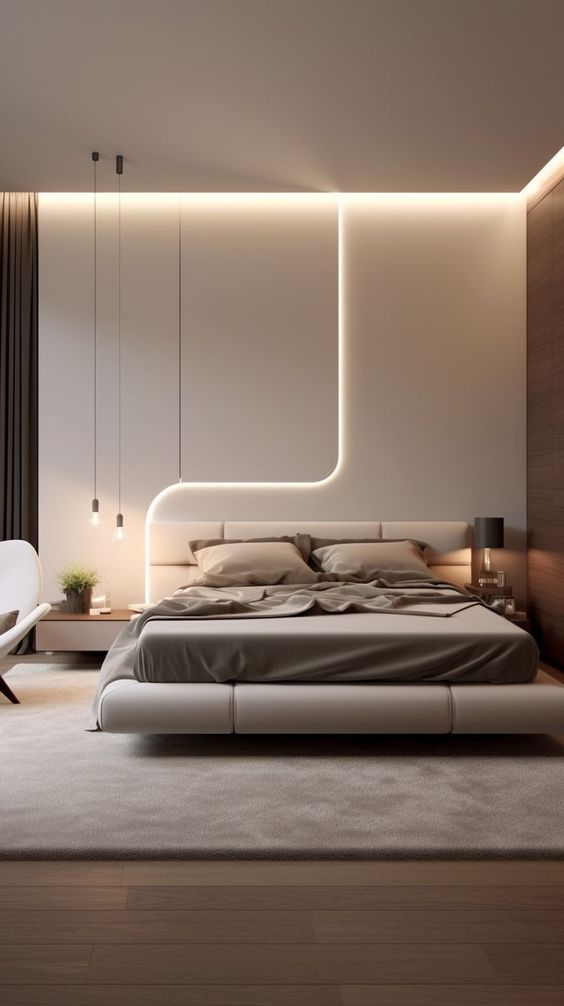
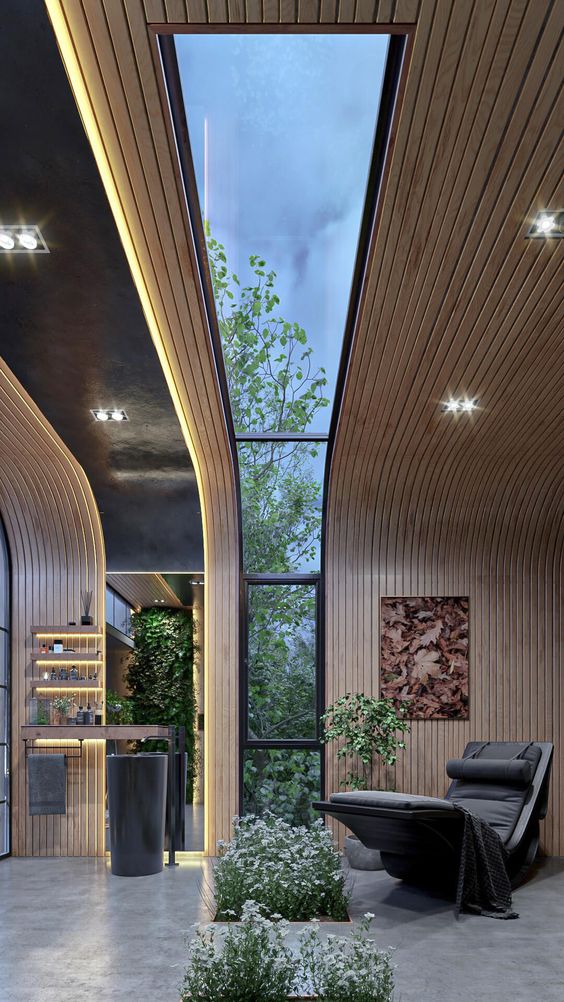
The impact of an interior designer on home value extends far beyond simple aesthetics. These professionals have the ability to transform ordinary spaces into exceptional ones, optimize functionality, curate consistent design styles, attract potential buyers through effective staging, and maximize property value.
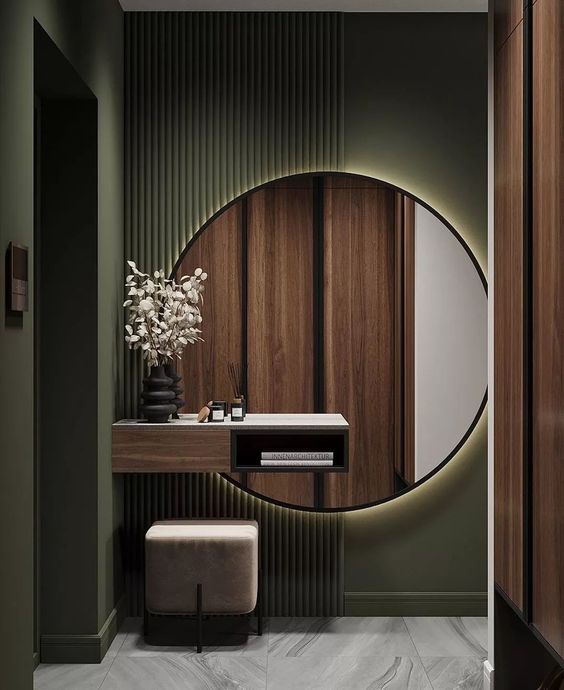
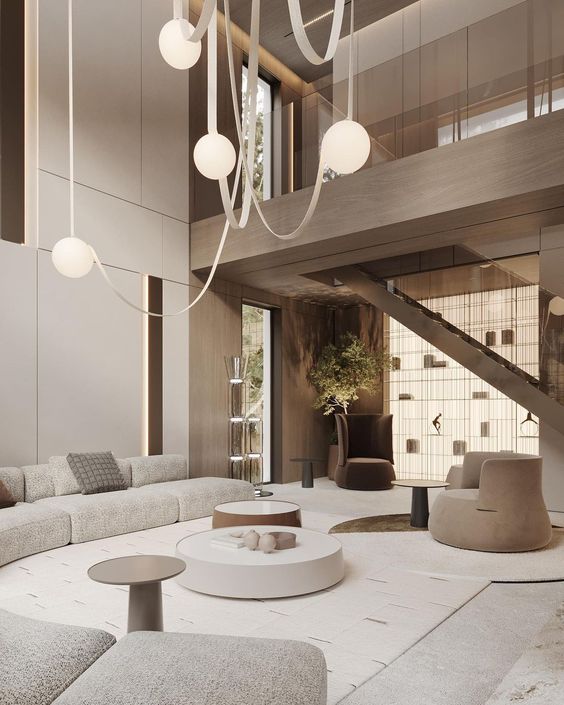
Through their expertise in visual appeal enhancement, functional layout optimization, consistent style curation, market-savvy staging strategies, and emphasis on ROI, interior designers play a crucial role in helping homeowners create spaces that not only reflect their personal taste but also appeal to potential buyers in the real estate market.
- 0shares
- Facebook0
- Pinterest0
- Twitter0

